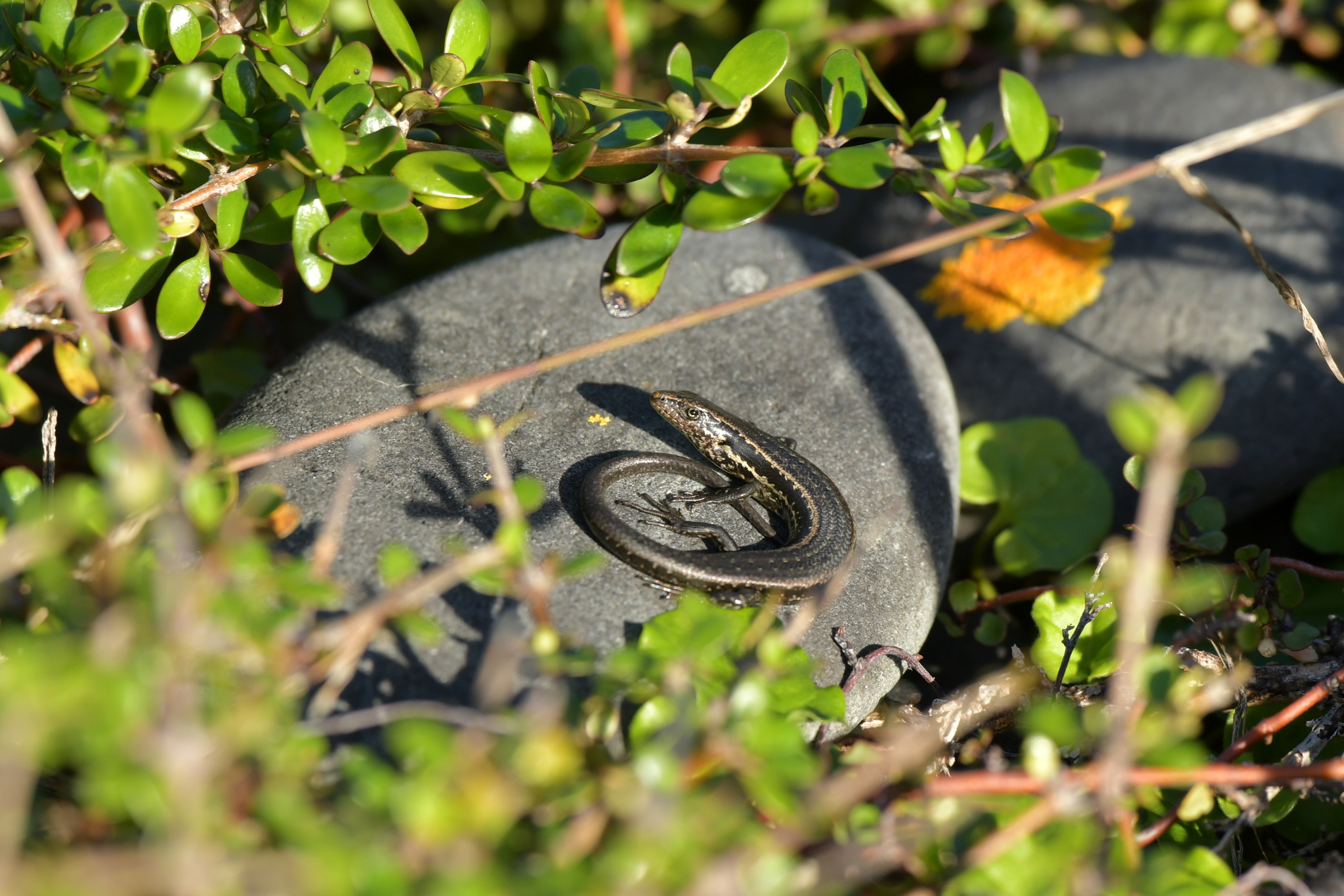Journal/
conference: New Zealand Journal of Zoology
conference: New Zealand Journal of Zoology
Research:Paper
Organisation/s:
Victoria University of Wellington
Funder:
This work was financially supported by Victoria University of Wellington, Wellington City
Council [grant number: NSC3a], the New Zealand Herpetological Society, the New Zealand
Royal Society/Te Apārangi, the Society for the Study of Reptiles and Amphibians in New
Zealand, and the New Zealand Ministry of Business, Innovation, and Employment [grant
numbers: UOWX1601 and UOWX2101].



 New Zealand
New Zealand


